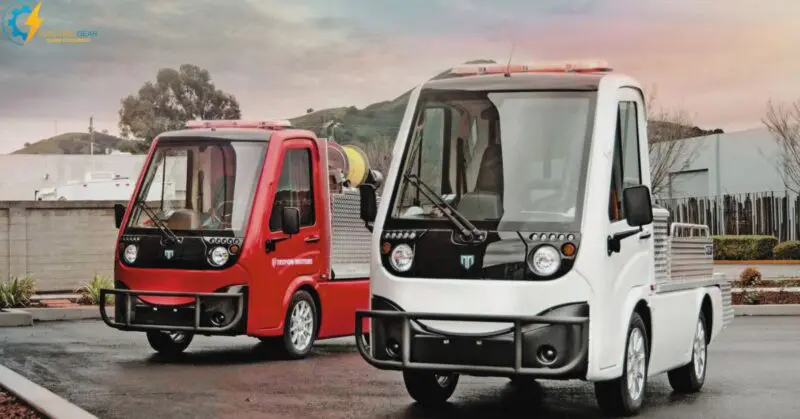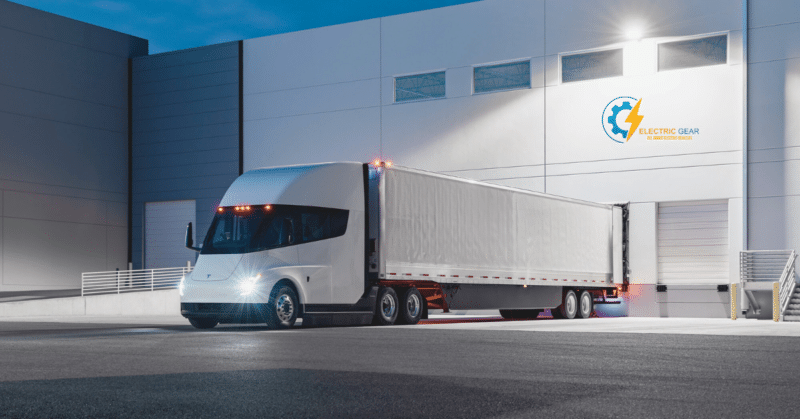It is a simpler question to answer than many others, and several factors influence every Tesla model. Here’s a short rundown of everything regarding the weight of every Model.
A Tesla weighs between 2,723 and 5,390 pounds. Despite the specific figure, it is safe to say that Teslas are large vehicles. But, as we all know, a car is more than just its weight.
How Much Does a Tesla Weigh
The weight of a Tesla varies depending on the Model and design, but the typical Tesla weighs about 4,500 pounds. It is heavier than a comparable-sized gas-powered car, which weighs approximately 3,000 pounds.
The series of electric sedans from Tesla weighs a few hundred pounds more than the typical traditional sedan that is mainly found on American roads today. However, it is lighter than other fully electric passenger cars.
But when compared to other all-electric cars, they aren’t as heavy.
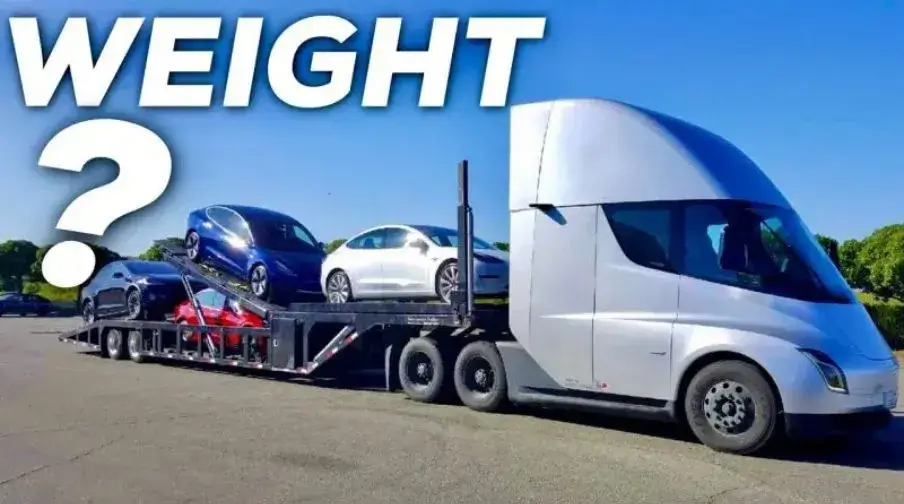
The BMW i3, which weighs about 2,961 pounds, is one of the lightest electric sedans, and the Mercedes-Benz EQS, which weighs 5,888 pounds, is one of the heaviest.
Tesla reported producing over 365,000 vehicles in its third quarter and delivering more than 343,000. Elon Musk, the company’s CEO, stated that we aim for a 2-million-unit production pace annually by the end of 2022.
Almost all the EV manufacturers across the world left no stone unturned to include cutting-edge safety mechanisms that assist in preventing accidents from happening in the first place.
The average car or SUV in the U.S. weighs roughly 3,750 pounds, about 200 pounds more than a Tesla Model 3 but much less than most other Tesla vehicles on the market.
They don’t have a conventional gas engine but are still mighty in weight. Teslas’ most recent models range in weight from 2,723 lbs. to 5,390 lbs.
Here’s how they break down by Model:
| Tesla Models | Weight in Pounds | Weight in Kilograms |
|---|---|---|
| Model 3 Long Range Performance | 4,065 | 1,843.8 |
| Model 3 Standard Range Plus | 3,582 | 1,624.7 |
| 1st Generation Tesla Roadster | 2,723 | 1,235 |
| Model S Plaid | 4,786 | 2,170.8 |
| Model X Plaid | 5,390 | 2,444.8 |
| Model S Long Range | 4,561 | 2,068.8 |
| Model Y Long Range Performance | 4,416 | 2,003 |
| Model X Long Range | 5,185 | 2,351.8 |
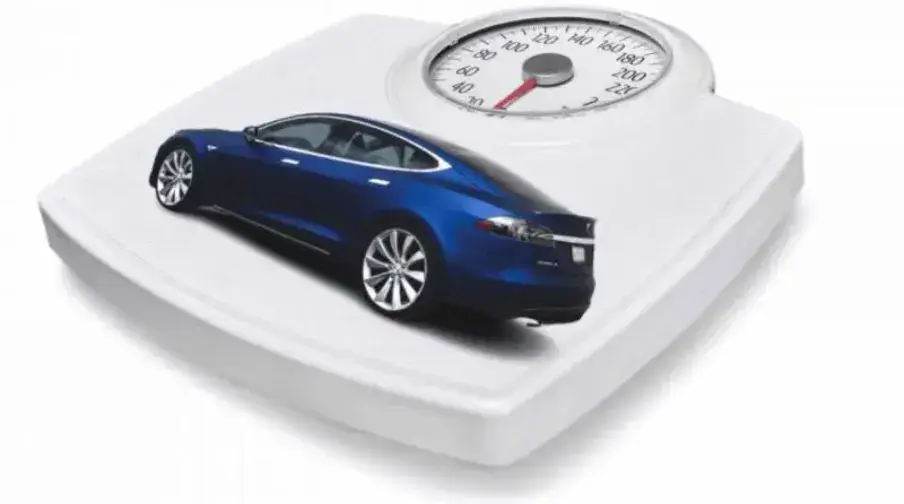
If you’re in the market for a Tesla, you’ll want an excellent car insurance policy to protect it. Jerry browses rates from more than 50 insurers in seconds to find the best deals, then helps you finalize your top policy pick.
How Much Does Each Tesla Weigh?
Fortunately, Tesla has released the weights of most of its cars, albeit there are still some varying elements.
Aside from varying model types, the trim or powertrain of some Teslas might affect their weight. Although electric motors don’t weigh much like ICE engine blocks, they have some significance.
More electric motors in an EV mean more EV performance and eventually add more EV weight.
The load capacity and size of Tesla Models are also very apparent in increasing weight, as a Model X will have greater importance than a Model 3.
Roadster Tesla
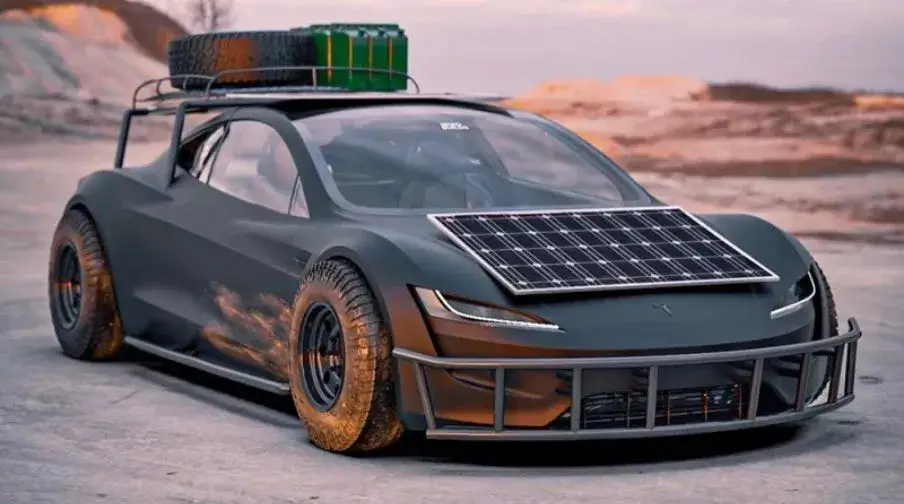
2,723 Pounds
The Tesla Roadster’s lightest Model weighs 2,723 lbs. It includes a battery pack, weighing approximately 1,836 pounds. For its size and class, it is a very light vehicle.
It has a separate aluminum chassis that aids in weight reduction. For example, the electric motor and batteries add weight to the Tesla Roadster.
Electronically confined top speed is 124 miles p/h (201 km), according to Tesla (125 mph). According to Tesla, it weighs 1,305 kg (2,877 lb) and has a Cd=0.35-0.36[110] of drag co-efficiency, with Crr=0.011 of rolling resistance.
Tesla Model Y Weight
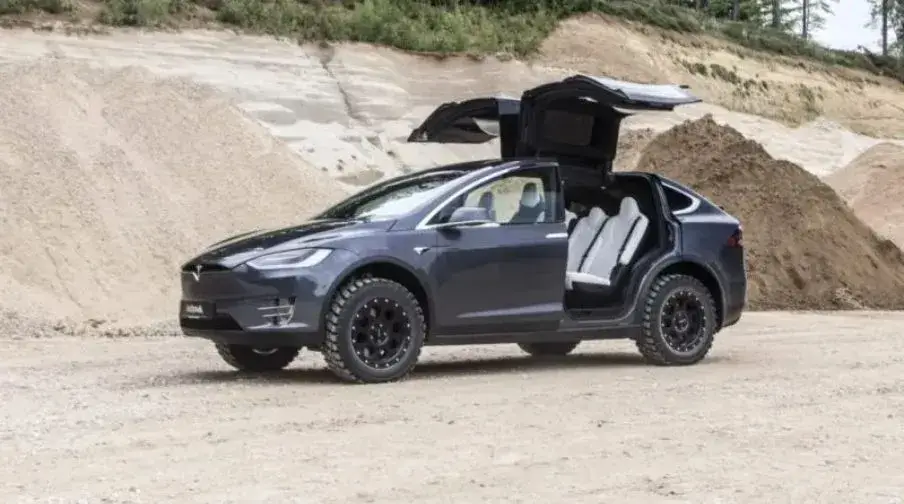
A mid-sized EV, the Tesla Model Y, is an all-electric SUV weighing 4,416 pounds. Its 75 kWh battery is 1168 pounds and has a single-charge range of up to 300 miles. The EV can get from 0-60 in a short while of 3.5 seconds.
Tesla Model X Weight Kg
The Tesla Model X is a powerful mid-sized SUV with a battery pack weighing 1,183 lbs.
It’s the heaviest of all available Tesla vehicles, and the Tesla Model X gross vehicle weight varies based on choices and combinations. The SUV is noticeably heavier than the majority of Tesla Models all around, and this is because of its all-electric powertrain and size.
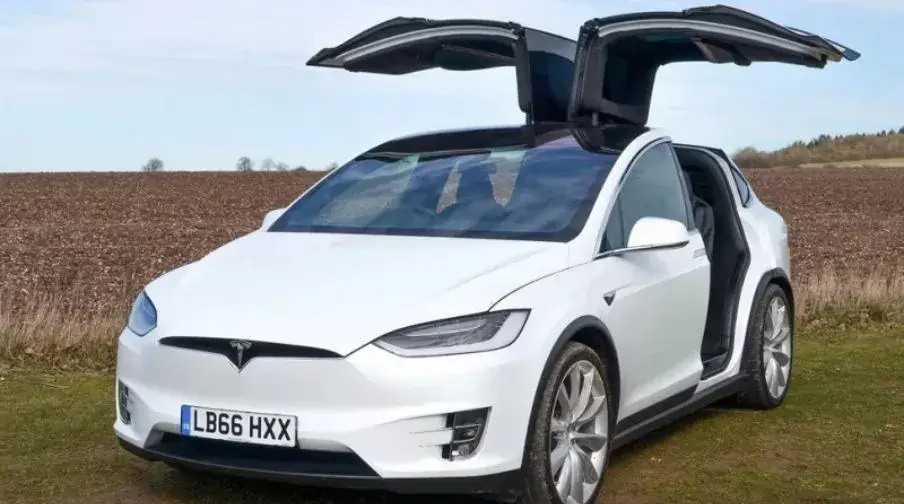
Model X is available in two trim levels; the new Model X Plaid and the Long Range, which weighs more than all other models in the Tesla lineup.
The Model X Long Range will weigh 5,185 pounds(2,351 kg), while the Model X Plaid will weigh 5,390 pounds(2,445 kg) with its three motors. Those Teslas weigh significantly less than the BMW iX X Drive 50, which weighs 5,659 pounds.
Both trims are expected to be available alongside the Long Range Model S during the first quarter of 2022
Weight of Tesla Model 3
Rear-wheel drives with a single motor, the Tesla Model 3 is a top-rated vehicle, and it has piqued the interest of many people due to its efficiency and eco-friendliness. The Tesla Model 3 weighs 3,552 lbs, including the 1,060 pounds of battery weight. The Model 3 is more efficient due to its weight.
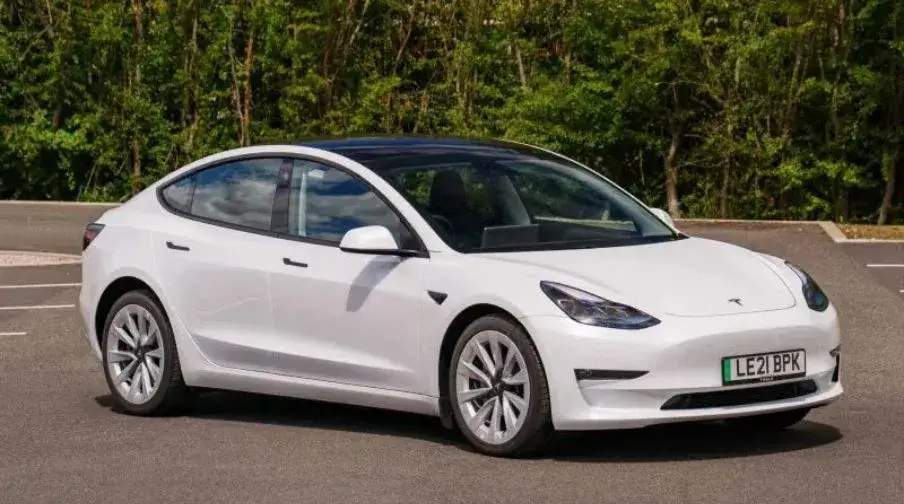
- Model 3 standard range: 3,552pounds (1,611 kg)
- Model 3 standard Range plus: 3,627 pounds (1,645 kg)
- Model 3 mid-range: 3,686 pounds (1,672 kg)
- Model 3 long-range rear-wheel drive: 3,814 pounds (1,730 kg)
- Model 3 long-range performance all-wheel drive: 4,072 pounds (1,847 kg)
Regardless of the powertrain, it’s one of the cheapest and the lightest. Model 3 is now available in 3 various configurations:
- With 3,582 pounds, the Model 3 Standard Range Plus, with its single motor, is the second-lightest Tesla ever made.
- Model 3 small dual motor Long Range, and Performance, weighing 4,065 lbs.
- The Long Range trim weighs 4,034 pounds, while the Performance with all-wheel drive trim weighs 4,048 pounds. The Polestar 2, a newer Tesla competitor, weighs between 4,680 and 4,750 pounds.
Tesla Model S Weight
The Tesla Model S weighs between 4,323 and 4,960 pounds, including the weight of the engine and battery in the car. The engine and the battery weigh 70 and 1,200 pounds. The Model S is also the company’s longest-running production vehicle, and it was first introduced as a high-end replacement for the Roadster.
It was updated in 2021, is the second-oldest Tesla model, and has been in production for the longest time. The Plaid powertrain with three motors weighs 4,766 pounds, while the Model S Long Range weighs 4,561 pounds.
The Lucid Air Pure model weighs in at 4,630 pounds, right in between the two, and compares favorably to the Model S in terms of comfort, mileage, and charge time.
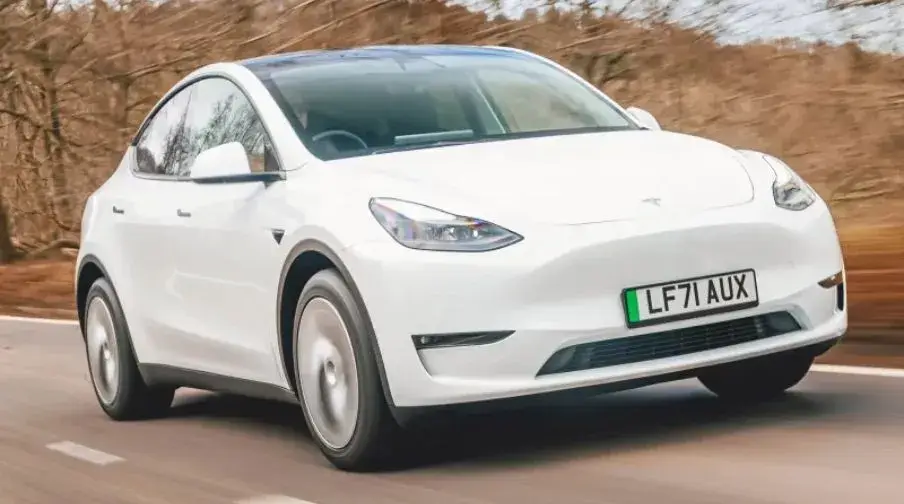
The Model S may be heavier after a refresh earlier in 2021. It will eventually introduce to drivers a tri-motor Plaid powertrain. The Model S sedan is the second-oldest Tesla model in production for the most extended period. The Long Range dual-motor trim, weighing almost 4,561 lbs, has been postponed until 2022.
When the Plaid Model S tri-motor (eventually) arrives this fall, its weight will be 4,766 lbs.
Tesla Cybertruck
How much a Tesla Model S weighs largely depends on the make and design of the Tesla. A Tesla Cyber truck weighs between 5,000 and 6,500 pounds.
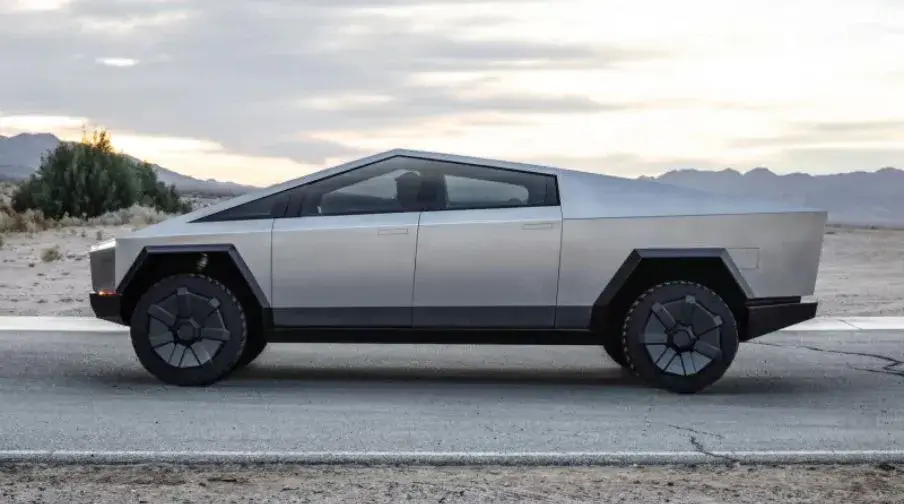
The base variant weighs 3,100 pounds with a 250 kWh battery pack. The Cybertruck has a 500-mile range, and the base model has a 250-mile range. However, the Range of the dual motor all-wheel drive variant is 500 miles.
How Much Does a Tesla Weigh in Pounds?
Tesla is available in three different trims, all having different weights. Model 3 Standard Range Plus single motor is the second lightweight Tesla — after the Tesla Roadster weighing 2,723 lbs — weighing only 3,862 pounds.
Long Range, dual-motor trim weight is 4,034 lbs, while the Performance Model AWD weighs only 4,048 lbs.
Why are Electric Cars Heavier
Electric cars are typically heavier than conventional gasoline-powered cars due to several factors:
1. Battery weight: Electric vehicles need a large battery pack to store the energy required to power them, which is why they are heavier. Depending on the size of the car and the required range, the battery pack may weigh several hundred pounds.
2. Motor weight: The EV wheels are propelled by an electric motor, which may also increase the vehicle’s weight. While being more efficient, electric motors are often heavier and more prominent than internal combustion engines.
3. Reinforced structure: To support the large battery pack, which may add to the automobile’s total weight, the design of electric vehicles is often strengthened.
4. Regenerative braking systems: Regenerative braking systems are often used in electric vehicles. These systems collect energy that would otherwise be wasted during braking and store it in the battery pack. The car may get heavier as a result of these technologies too.
5. The battery pack: It is required to provide the car with the energy it needs to drive and weighs most of an electric vehicle which generally weighs more than 1,000 pounds. Nevertheless, improvements in battery technology may ultimately reduce the weight of electric cars, bringing them closer to the importance of gasoline-powered vehicles.
Electric vehicles typically carry additional weight due to their larger, heavier battery packs. The EV will get a Range of 300 miles (480 km) per charge only if it possesses a battery weighing 1,000 pounds—however, the gap between battery weight and range ratio increases as technology advances.
Electric vehicle batteries are large and bulky; as a result, they generally weigh significantly more than comparable gas-only vehicles. The Edition 1 model GMC Hummer all-electric, for example, with many batteries to increase power, and driving Range, has more than 9,000 pounds; it’s approximately three times the weight of a Honda Civic.
Manufacturers like Tesla use lightweight aluminum bodies to keep the vehicle’s total weight down.
What is the Heaviest Tesla?
The Tesla Model X is the heaviest and is manufactured in two different models: the Tesla Model X Longe Range and the Tesla Model X Plaid. These EVs weigh more than any other vehicle in the Tesla production lineup.
The Model X Plaid, with its tri-motors, and Model X Long Range weighs 5,390 and 5,185 pounds, respectively.
Drawbacks of Heavyweight
One of the drawbacks of Tesla’s increased weight is that it can reduce the vehicle’s Range because it’s difficult for a vehicle to move a heavier object that requires more energy.
The added weight can also put a lot of pressure on the vehicle’s components and increase wear and tear. Tires also get damaged sooner rather than later due to heavyweight. However, the increased weight of a Tesla is equally compensated for by the vehicle’s higher Performance.
Factors Affecting Tesla’s Weight
Below is a short rundown of several factors affecting Tesla’s weight.
Battery
Heavier batteries tend to add weight to the vehicle, so if you want to keep your Tesla light, use a lighter battery. The larger the battery, the larger the Tesla, and eventually larger the Range, and vice-versa.
Most Tesla models today are powered by lithium-ion batteries (one of the most efficient battery types).
These batteries are much heavier and more efficient than the lead-acid batteries that were once common in automobiles. However, with the advancement and betterment in technology, Lithium-ion batteries also get their due share and become lighter and more efficient.
On Board Electronics
It’s another factor that has a considerable say in increasing vehicle weight. Many people believe that while Teslas are “all-electric” and don’t have a heavy internal combustion engine, their weight must be less than ICEs. They have a significant amount of circuitry onboard.
This includes the computer system that coordinates all the functions and runs the electric vehicle and the charging system. The weight of these components can quickly add up, especially if multiple batteries are onboard.
Charging Hardware
Charging hardware is one of the key components in electric vehicles that affect Performance and weight. It’s an essential part of an EV that determines the rate and speed of charging an EV battery.
The charger controls the flow of electricity into the battery pack, determining how fast the vehicle can charge. Furthermore, due to its large size and the weight of its metal components, the charger is frequently one of the heaviest items in an all-electric vehicle.
Suspension and Hardware
Teslas are hefty vehicles, and they use sizable battery packs to provide a consistent power supply to their electric motors, significantly contributing to the weight.
Suspension and hardware are also the parts of EVs having a share in their weight. Because Tesla EVs use air suspension, which is uncommon in automobiles. As a result, they are equipped with heavier springs and shocks to make them more comfortable than a typical car.
Although the ride may be rougher, the car will handle curves better and have improved traction in wet or snowy weather.
Conclusion
A lot of traditional ICE cars are lighter than Teslas. This is mostly because their big battery packs and the stronger structures they need to protect them weigh a lot. This extra weight is very important for the safety, performance, and fuel efficiency of electric cars.
Tesla and other electric vehicle (EV) makers are always trying to find the best mix between weight and efficiency.
They do this by using new materials, designing cars to be more aerodynamic, and making battery technology better. Knowing about these things can help you understand why EVs are made the way they are and how they offer a unique and efficient driving experience.

Imran is an experienced content writer who crafts engaging and informative articles for a variety of industries. With a keen eye for detail and a passion for storytelling, Imran delivers high-quality content that resonates with readers. Whether he’s writing blog posts, social media content, or website copy, Imran is committed to delivering compelling content that drives results.




